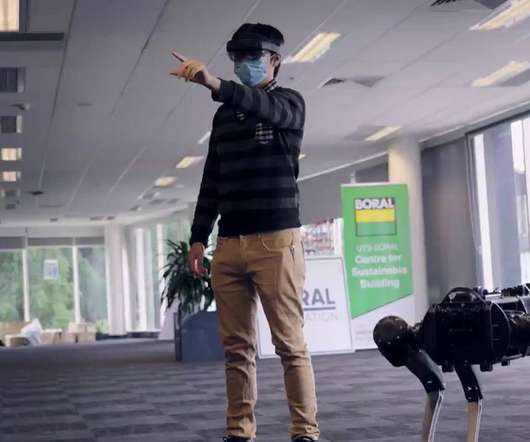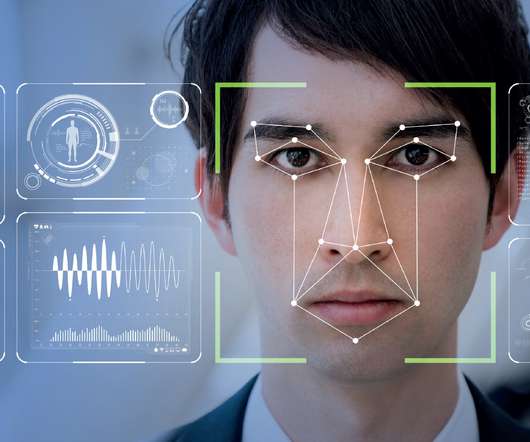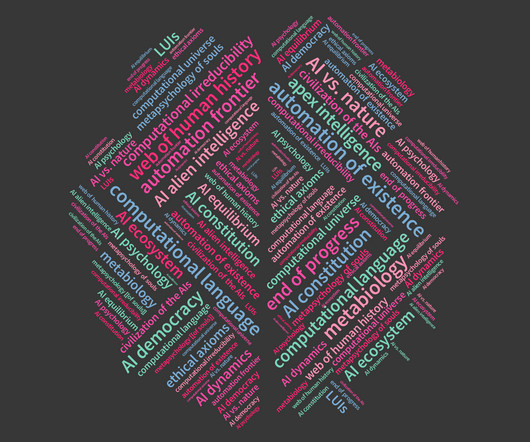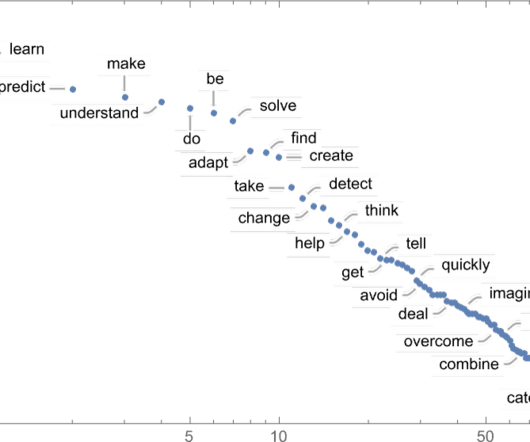A quick guide to deep learning - what is it and how can it be useful?
Robot Lab
MARCH 27, 2024
Deep learning is a subset of machine learning that uses algorithms built on neural networks modeled after the human brain. With multiple layers working together inside the computer, artificial neurons or ‘nodes’ use mathematical calculations to process data to solve complex problems, much like how our own brains do.

















Let's personalize your content